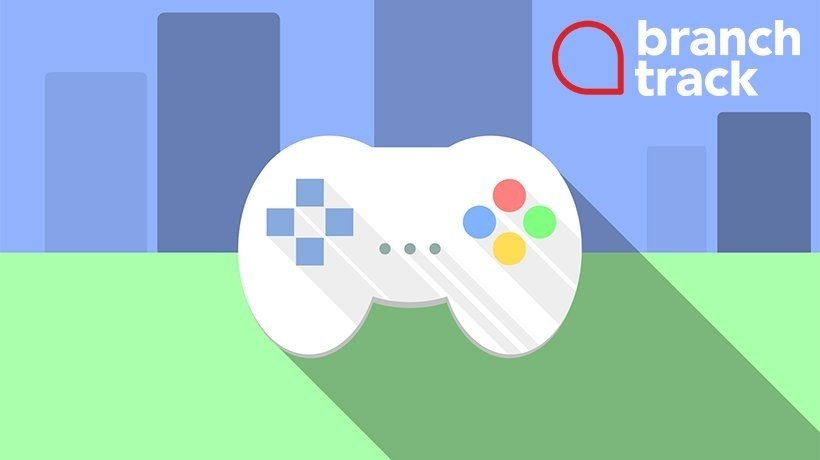How To Integrate Leaderboards In Online Training
Leaderboards have been in use for years for training purposes. However, you have to know how to use them effectively in order to spark friendly competition. Otherwise, you may end up with a bitter workplace rivalry on your hands. When used correctly, leaderboards have the potential to boost employee motivation, engagement, and participation. Here are 9 helpful tips to integrate leaderboards in your online training program.
1. Provide Clear Instructions For How To Rank-Up
Employees need to know how they can get to the top before they start climbing the ladder. Are you awarding points based on their performance? Assessment scores? Number of online modules or activities they successfully complete? Be clear about how you are going to evaluate them and when. Emphasize the benefits of active participation and the rewards that top performers can expect to receive. In addition, create an online tutorial, guide, or FAQ that covers the main points of leaderboard advancement. For instance, how long the board will run and when you will declare the "winner."
2. Give Newcomers A Fair Chance
Nobody wants to feel like they're arriving late to a party. They've already missed all the interesting conversations. Not to mention, the best appetizers are long gone. The same rule applies to leaderboards in online training. Newcomers should have the chance to rise up the board without being discouraged. For example, create a different leaderboard for each group of learners or online training course. Everyone starts at the same time, which means they all have the same opportunities. You can also opt for a "relative leaderboard." These boards show employees their rank in relation to co-workers in the same bracket. For instance, peers who are in the lower 25% of the board. The goal is to even the playing field so that no one feels left out or left behind.
3. Break The Board Into Different Categories
Different online training objectives or programs may call for different leaderboards. For example, your customer service associates must complete their own online training activities, modules, and courses. Thus, their achievements and accomplishments differ from your sales staff. Alternatively, you can break the board into geographical or experiential categories. For instance, employee in your European branch are on a separate leaderboard, or there is a separate leaderboard for managers and supervisors.
4. Keep It Personal
Employees are more likely to engage and compete if they know who they're competing against. Which is why it's essential to pair leaderboards with social media, online forums, and other collaborative online platforms. This gives employees the ability to interact with their peers, share feedback, and show off their accomplishments. Leaderboards rely on emotional connectivity. You must tap into their competitive nature in order to be successful.
5. Combine Leaderboards With Other Game Mechanics
Leaderboards are one of the most effective game mechanics in online training. However, there are a number of tools you can use to increase employee engagement, such as eLearning badges, points, and unlockable levels. These are more asynchronous game mechanics that cater to different sources of motivation. For example, points are ideal for employees who prefer long-term achievements, while unlockable levels are best for those who need instant gratification. They also bring introverted employees into the fold, as they have a non-competitive alternative.
6. Match Achievements With The Learning Objectives
Leaderboards are a great way to get your employees involved, but there must be a rhyme and reason for using them in your online training program. Namely, to reinforce a positive performance behavior and achieve the desired outcome. As such, your leaderboard achievements must align with your learning objectives and goals. For example, employees are able to earn points when they successfully complete a task-based simulation. This helps them build vital workplace skills and improve task proficiency.
7. Update The Board On A Continual Basis
Your employees put a lot of time and effort into advancing up the leaderboard. Thus, you should take the time to update the board on a regular basis. Ensure that all of the point totals are correct, and reach out to those who are falling behind. Employees near the bottom of the board may just need a bit of encouragement and personalized support. For instance, send them a list of resource links and invite them to your next online training webinar.
8. Collect Feedback At Specific Milestones
Providing feedback is crucial. However, collecting it from your employees is equally important. Conduct surveys and polls after you've announced a winner or completed an online training course. Ask employees to share their honest opinion about the overall online training experience, as well as the leaderboard integration. Did the leaderboard serve its purpose and appeal to their competitive nature? Do you need to rework some aspects of your online training strategy to make it even more effective? After you collect and analyze your data, use it to create a game plan for future online training courses.
9. Include An "Opt-Out" Alternative
Certain employees may not be fond of leaderboards. In fact, the thought of competing against their peers might make them uncomfortable and anxious. As such, you should give employees the opportunity to opt-out. Stress the benefits of leaderboards so that they can make an informed decision, but always make them voluntary.
Leaderboards are fun, engaging, and exciting. That's a recipe for online training success. Use these 9 tips to add this morale-boosting game mechanic to your online training strategy. Just remember, it's all about intrinsic motivation. Friendly competition is nothing more than a motivational spark. Employees must have dedication, determination, and the drive to succeed in order ignite the flame.
Do your employees need to hone their problem-solving abilities? Read the article 7 eLearning Gamification Tips To Enhance Problem Solving Skills to discover some useful tips to use leaderboards, badges, and other gamification elements to improve problem-solving skills.








